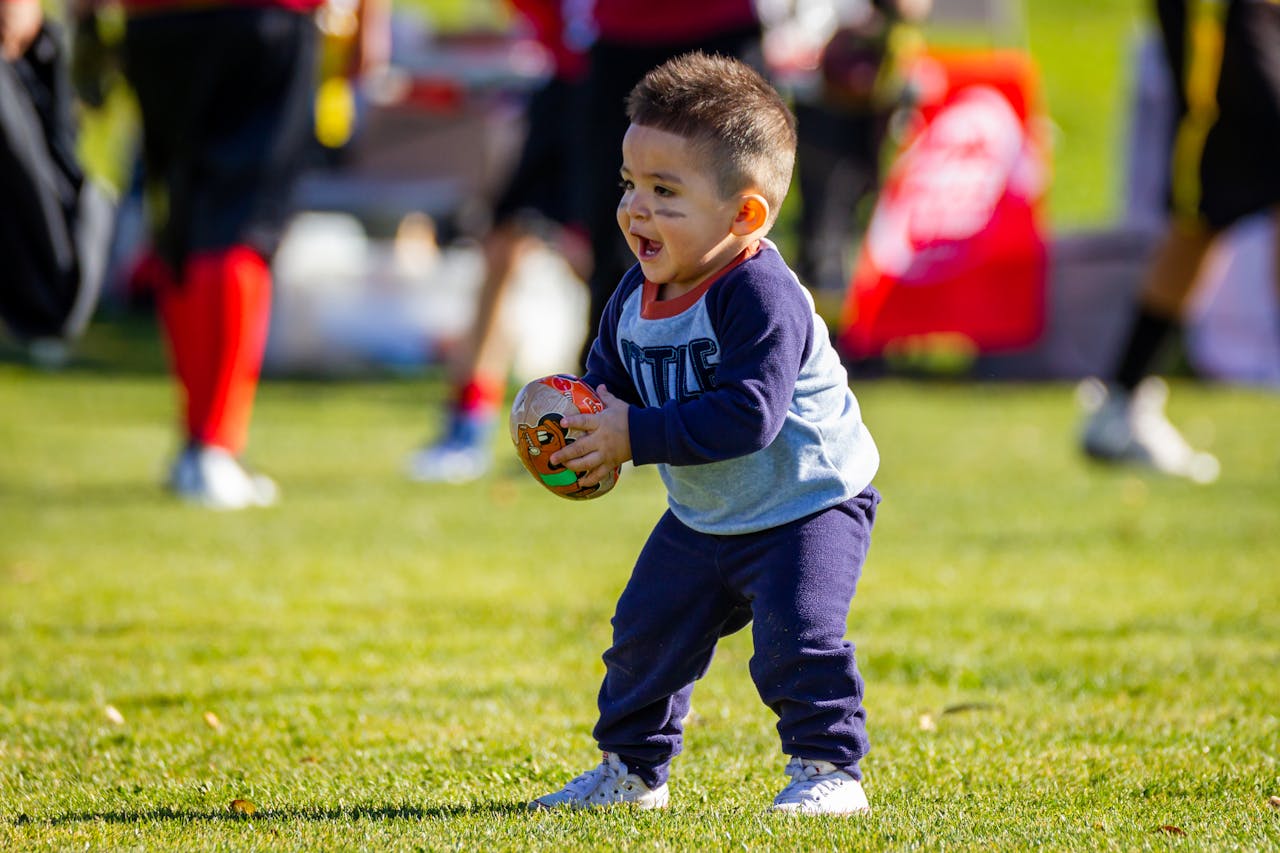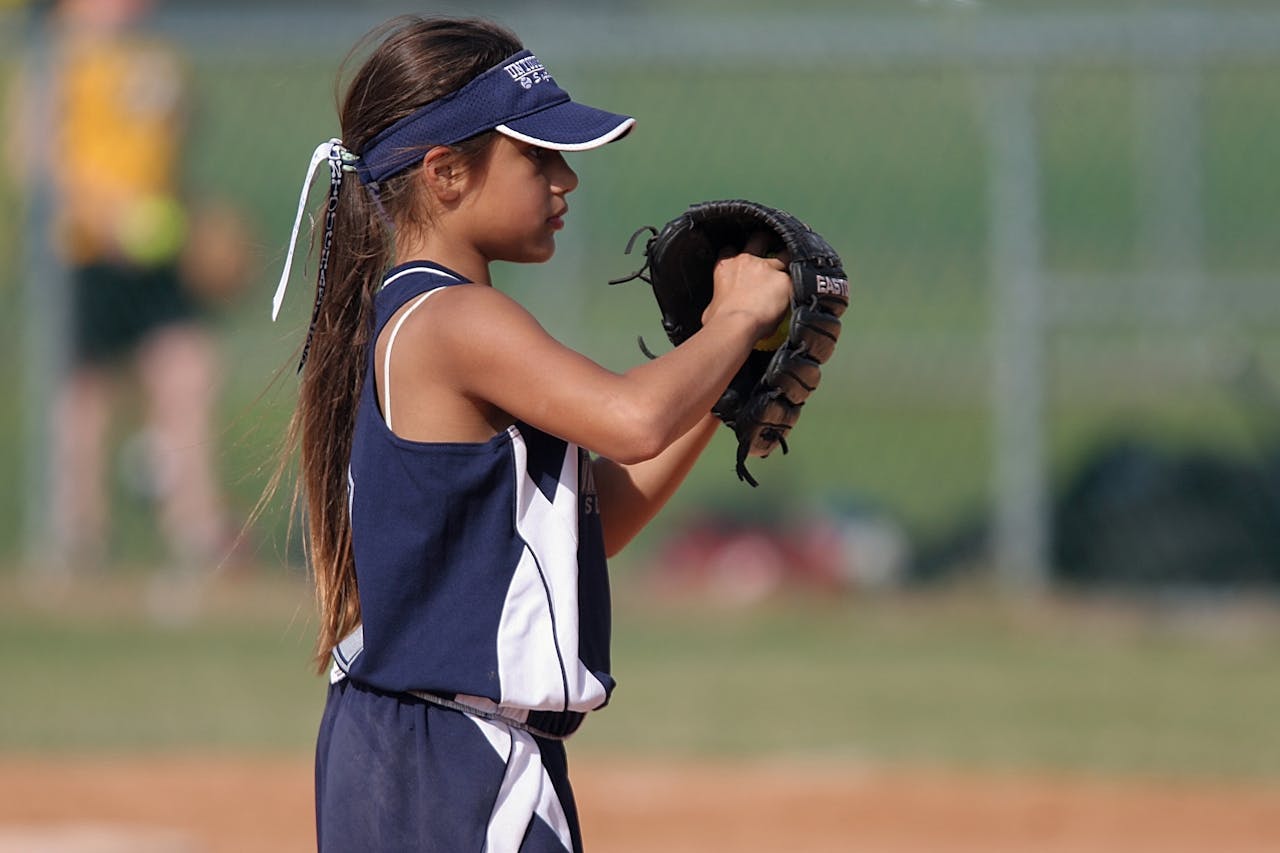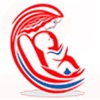Sports can bring tremendous benefits to children — enhanced physical fitness, confidence, camaraderie, and enjoyment. But with active play and competition comes risk. Sports injuries in kids are common, and knowing when to see a doctor can make the difference between a smooth recovery and long-term complications.
In this article, we’ll break down:
-
The nature of pediatric sports injuries (acute vs overuse)
-
Warning signs that warrant medical evaluation
-
What parents should know about diagnosis, treatment, and recovery
-
Injury prevention strategies
-
Guidance on returning to play
-
Emotional and developmental considerations
Whether your child is a weekend warrior or part of a competitive team, this guide will help you navigate injury concerns with confidence and clarity.
Note: The content here is for general educational purposes and does not replace individual medical advice. When in doubt, always consult a pediatrician or pediatric sports medicine specialist.
Why Kids Are Especially Vulnerable to Sports Injuries
Kids’ bodies are different from adults’ in ways that affect how injuries occur and heal. Understanding these differences helps parents better judge when to be concerned.
1. Growth plates and skeletal immaturity
Children have growth plates (physes)—areas near the ends of long bones where growth occurs. These areas are structurally weaker than the surrounding bone, ligaments, or tendons. As a result, repetitive stress or trauma may injure the growth plate, potentially affecting the bone’s development if not managed properly.
Overuse injuries in children frequently target these growth plates (apophysitis, physeal stress reactions) because of repetitive loading.
2. Muscle-bone imbalance
During growth spurts, bones may lengthen more rapidly than muscles and tendons can adapt, increasing strain on the soft tissues. That imbalance can lead to tightness, microtears, or stress in muscles, tendons, or connective tissue.
3. Repetitive motion and overuse
Children specializing early in one sport and training intensively are more prone to overuse injuries. Think of repeated throwing in baseball, jumping in basketball, or long-distance running without rest intervals.
American orthopaedic surgeons have noted a rise in pediatric overuse injuries over the past decade.
4. Inadequate rest and recovery, poor technique, and equipment mismatches
Kids may push through pain, lack planned rest days, use ill-fitting shoes or gear, or adopt improper technique—all of which increase injury risk.
Given these vulnerabilities, it is vital for parents and guardians to monitor even minor complaints.

Types of Sports Injuries in Kids
Broadly, pediatric sports injuries fall into two categories: acute (traumatic) and overuse (chronic). Recognizing which category your child’s symptoms fit can help you decide whether and how urgently to see a doctor.
Acute (Traumatic) Injuries
These result from a single event—falling, collision, twisting, direct impact. Examples include:
-
Sprains and strains (e.g. ankle sprain, muscle strain)
-
Fractures (including stable and unstable types)
-
Dislocations
-
Contusions (bruises)
-
Concussions or head injuries
-
Soft tissue tears (ligament, tendon)
Symptoms often appear immediately: pain, swelling, inability to bear weight, deformity, or a “pop” sound.
Overuse (Chronic/Repetitive) Injuries
These develop gradually when stress is repeated faster than tissues can repair. Examples include:
-
Apophysitis / growth-plate irritation (e.g. Osgood–Schlatter disease at the knee, Sever’s disease in the heel)
-
Tendinopathies (e.g. patellar tendonitis / “jumper’s knee”)
-
Stress fractures
-
Throwing injuries (e.g. Little League elbow)
-
Shin splints
-
Muscle or ligament microtrauma
Signs are subtle at first: mild pain during activity that resolves with rest, then gradually worsens. Over time, performance may decline, stiffness may set in, or the child may start altering technique to avoid pain.
Warning Signs: When To See a Doctor Immediately
While mild aches and bruises can often be managed at home, certain signs require prompt medical evaluation or even emergency care. Here are red flags:
Red Flags / Emergency Signs
-
Loss of consciousness, altered mental state, seizures, confusion, or persistent vomiting after a head injury
-
Difficulty breathing, chest pain, or abdominal pain following trauma
-
Obvious deformity (bone is angulated or “out of place”)
-
Open wound with bone or tissue exposed
-
Inability to bear weight or walk on a leg or keep using an arm
-
Numbness, tingling, or loss of movement distal to the injury
-
Rapidly increasing swelling, bruising, or bleeding
-
Visual changes, double vision, or persistent eye pain after head trauma
-
Bleeding from nose, ears, or clear fluid draining from them (possible skull fracture)
-
Knocked-out permanent tooth (must be addressed quickly)
-
Persistent or worsening pain despite rest and home measures
If any of these occur, go to the ER or urgent care. Even if the child seems okay, internal injuries (especially to the head) may present delayed symptoms.
When To See a Doctor (Non-Emergency But Prompt)
If none of the emergency signs are present, but you notice one or more of the following, schedule a medical evaluation:
-
Pain that doesn’t improve within 2–3 days with rest, ice, and over-the-counter pain relief
-
Persistent swelling
-
Limp or favoring one leg
-
Decreased range of motion in a joint
-
Pain that returns each time your child plays
-
A joint that “locks,” “catches,” or feels unstable
-
Loss of strength or gradual worsening of symptoms
-
Suspected concussion symptoms (headache, dizziness, confusion, light/sound sensitivity)
-
Recurrent or worsening injuries
Special caution is required for complaints involving joints, growth plate areas, or ongoing pain—these often need imaging and specialist assessment.
In many cases, your child’s pediatrician can evaluate first and then refer to an orthopaedic or sports medicine specialist.
What Happens at the Doctor’s (and Specialist) Visit
When you bring your child in, the medical team will follow a structured assessment to establish the nature and severity of the injury and plan appropriate care.
History and Examination
-
Detailed history: mechanism of injury, when pain began, changes over time, aggravating/relieving factors, prior injuries
-
Physical exam: inspect swelling, deformities, redness; palpate for tenderness; test motion (active and passive), strength, stability, neurological exam
-
Functional assessment: can your child bear weight, walk, grip, use the limb normally?
Imaging and Diagnostic Tools
Depending on the findings, the physician may order:
-
X-ray — to detect fractures, bone alignment, joint problems
-
MRI or CT scan — for soft tissue injuries (ligaments, cartilage, menisci) or complex injuries
-
Ultrasound — helpful for tendon/muscle injuries
-
Bone scan / MRI — for stress fractures or bone stress reactions
-
Special growth-plate evaluation
It’s especially important for injuries near growth plates to have accurate imaging, because damage there can influence long-term bone development.
Diagnosis and Classification
Once diagnostic data are available, the provider will classify the injury (e.g. mild, moderate, severe; location; acute or overuse) and create a personalized care plan.
Treatment Planning
Treatment varies based on injury type, severity, child’s age, activity level, and growth status. It often involves some combination of:
-
Rest or immobilization (cast, brace, sling)
-
Ice, compression, elevation (RICE)
-
Nonsteroidal anti-inflammatories or analgesics (as advised)
-
Physical therapy (range-of-motion, strengthening, proprioception)
-
Gradual mobilization
-
Sport-specific rehabilitation
-
Surgery (rare in children, usually reserved for significant fractures, displaced growth-plate injuries, or unrecoverable soft tissue tears)
-
Monitoring, follow-up imaging
The goal is to heal, restore function, and prevent recurrence.
Communication and Coordination
Good communication between pediatrician / primary care, the orthopaedist or sports medicine specialist, and physical therapists is crucial. If your child’s care is being managed through Gentle Pediatrics, specialists can coordinate referrals and follow-up seamlessly.
How Parents Can Support Recovery (Home Care & Monitoring)
Once a diagnosis is made and the treatment plan is in motion, parents have a vital role in helping their child recover well.
1. Strict adherence to rest and activity modification
It may be tempting to allow “just a little” practice, but pushing too soon can delay healing or worsen the injury. Strict rest from the aggravating activity is often the first step. Overuse injuries especially require a period of break from the sport until symptoms fully resolve.
2. Use of RICE (Rest, Ice, Compression, Elevation)
-
Rest: avoid the motion or sport that caused the injury
-
Ice: apply cold packs (15–20 minutes) several times a day to reduce swelling / discomfort
-
Compression: use elastic bandages or wraps (but avoid too tight)
-
Elevation: elevate the injured limb (if possible) above heart level to reduce swelling
These remain foundational in the immediate management of many acute injuries.
3. Pain control as advised
Over-the-counter medications (acetaminophen, ibuprofen) may be used under medical guidance. However, they should not mask pain to a degree that your child continues loading the injured area prematurely.
4. Gentle movement and early, guided rehabilitation
Once pain and swelling reduce, controlled range-of-motion exercises and stretching can begin under direction of a physical therapist. Gradually, strengthening and balance exercises are added. For many injuries, early mobilization (versus prolonged immobilization) is beneficial when done carefully.
5. Nutrition, sleep, hydration
Good nutrition (adequate protein, vitamins, minerals) supports healing. Sleep is essential for tissue recovery. Hydration helps maintain tissue health. These often-overlooked factors can influence healing speed.
6. Emotional support and realistic expectations
Injuries are traumatic, especially for young athletes. Your child might feel frustrated, sad, or fearful. Listen to their concerns, help them stay connected socially, and emphasize that recovery is part of growth. Encouragement and patience go a long way.
7. Monitoring and follow-up
Track progress: Is pain decreasing? Is range of motion improving? Are there setbacks? Keep in close touch with the treating physician or therapist and report any worsening or new symptoms.
How to Prevent Recurrence: Wise Return to Play and Long-Term Strategies

One of the biggest mistakes is rushing a child back into sport before full recovery. That’s how many “repeat injuries” happen. Effective prevention means a careful, staged return and smart practices.
Safe return protocols
A typical progression might go:
-
No-pain baseline: child should be pain-free at rest and during non-sporting movements
-
Range of motion & strength: restore full motion and balanced strength compared to the uninjured side
-
Low-impact conditioning (e.g. biking, swimming)
-
Sport-specific drills (non-contact, low-load first)
-
Practice participation (gradually increasing intensity)
-
Full competition only when cleared by physician/therapist
Many pediatric sports medicine specialists use objective benchmarks (e.g. strength tests, hop tests, themed drills) before returning.
General prevention principles
-
Adequate rest and recovery days — no constant year-round play
-
Cross-training / sport variety — reduce repetitive strain on the same tissues
-
Proper warm-up and cooldown — dynamic warm-up before activity, stretching after
-
Balance, core strength, flexibility training
-
Gradual increases in intensity — avoid sudden jumps in training load
-
Use appropriate, well-fitted gear and shoes
-
Technique coaching — ensure form and mechanics are sound
-
Hydration, nutrition, sleep
-
Periodic assessment by pediatrician / sports physician
Stanford Children’s Health emphasizes that a child in a growth spurt is especially vulnerable to overuse, so extra caution is needed during those phases.
Recognizing early warning signs
Teach your child to recognize early signs of overuse:
-
Persistent, mild pain that recurs or increases
-
Stiffness after activity
-
Decreased performance, strength, or speed
-
Altered technique
-
Reluctance to train or play
If these appear, reduce load or rest until symptoms resolve, then resume cautiously.
Special Focus: Concussion in Kids
Concussions deserve special attention because of their potential subtlety and serious downstream effects.
What to watch for
-
Headache, dizziness, nausea
-
Blurred or double vision
-
Sensitivity to light or noise
-
Confusion, feeling “foggy”
-
Memory or concentration problems
-
Mood changes, irritability
-
Sleep disturbances
Note: In some cases, symptoms may not manifest immediately but appear hours or even a day later.
Why prompt evaluation matters
A concussion may involve brain swelling, secondary injury, or prolonged symptoms. Returning too early to sport can risk second-impact syndrome, which can be dangerous. Medical professionals typically enforce a stepwise return-to-play protocol.
Management
-
Absolute rest initially (physical and cognitive)
-
Gradual, medically guided return to activity
-
Monitoring and adjustment of school demands (less screen time, rest breaks)
-
Clearance from a medical provider before resuming sports
Because concussions are brain injuries, pediatric-specific protocols matter. A child’s brain is still developing, so conservative management is key.
Reducing Risks Over Time: A Role for Pediatric Practices & Clinics
As a parent, one of your best allies is having a pediatric care practice that integrates sports injury prevention, screening, and guidance. A practice like Gentle Pediatrics can:
-
Incorporate sports-physical assessments early, before the season starts
-
Advise training loads, rest scheduling, technique education
-
Monitor growth spurts and adapt activity plans
-
Serve as the first point of contact when a child complains of aches or pains
-
Coordinate referrals to orthopaedic or sports medicine specialists
-
Educate families (especially coaches) on early warning signs and safe practices
-
Track recovery progress and clearance to return
By working with a pediatric practice that understands sports medicine nuances, families gain continuity, trust, and better outcomes.
Myths and Misconceptions: What Parents Often Get Wrong
It’s easy to fall prey to misinformation. Here are some common myths:
-
“Kids heal faster, so they don’t need much care.” While children have good healing potential, growth plate injuries and inadequate rehab can lead to long-term problems.
-
“If the child can walk, it’s not serious.” Some stress fractures or joint injuries allow limited ambulation but still need evaluation.
-
“Resting completely until the child feels perfect is best.” Prolonged immobilization can lead to muscle atrophy, stiffness, and delayed recovery; guided gradual loading is generally preferred when safe.
-
“Return when there’s just a little pain — they’ll ‘walk it off.’” Pain is a warning sign; ignoring it risks further injury.
-
“One sport year-round is better for mastery.” Specialization increases overuse risk. Cross-training is safer.
-
“Medication hides the problem.” Using painkillers to mask symptoms and continue playing can worsen the injury.
-
“All pediatricians are the same.” Some practices have more experience or better pathways for sports injury referral; choosing one familiar with sports issues (like Gentle Pediatrics) can help.
Sample Parental Checklist: Decision Guide
Here’s a concise checklist you can keep handy:
-
Assess severity: deformity, neuro signs, open wound → go to ER
-
Monitor rest period: 2–3 days of rest and home care
-
Reassess: If symptoms haven’t improved, call your child’s pediatrician
-
Limit return: only resume activity if pain-free, full motion, strength OK
-
Communicate with coaches/trainers: share the medical plan
-
Track warning signs of recurrence
-
Ensure follow-up: PT, recheck imaging, clearance
If your child is under the care of Gentle Pediatrics, please reach out early. The sooner an injury is addressed, the less likely it is to become chronic or complicate your child’s athletic future.
When to Be More Cautious: Growth Spurts, Early Specialization, and High-Risk Activities
Certain contexts increase risk, and parents should be more vigilant in these scenarios.
-
Growth spurts: Rapid skeletal growth may outpace soft tissue adaptation, raising vulnerability
-
Early sport specialization (single sport all year): repetitive loading of the same tissues
-
High-contact sports (football, hockey, martial arts): more collisions and trauma
-
Overzealous coaching or inadequate rest protocols
-
Competing schedules (multiple teams or tournaments overlapping)
-
History of prior injury or weakness
During growth phases, it’s wise to scale back intensity, increase rest, and diversify activities to reduce the load on vulnerable tissues.
What Parents Should Know (Key Takeaways & Best Practices)
-
Don’t dismiss persistent aches or limps as “just growing pains.”
-
Keep an eye for red-flag signs that demand immediate medical care.
-
Early evaluation, imaging, and diagnosis lead to better outcomes.
-
Use rest, RICE, guided rehab—and resist pushing too soon.
-
Return to sport only when cleared by medical and therapy professionals.
-
Prevention (rest days, cross-training, strength work, technique coaching) is your best defense.
-
Communication among parent, child, pediatrician, specialist, coach, and therapist is essential.
-
Emotional support for your child is just as important as physical recovery.
Sports are wonderful for your child’s physical, emotional, and social development. But injuries are an inherent risk. The difference lies in how promptly and smartly we respond when injury happens.
If your child shows signs of a sports injury—even if they seem mild—don’t hesitate to reach out to a trusted pediatric practice. At Gentle Pediatrics, we welcome families seeking clarity, support, and coordinated care when youth athletes get hurt. A timely evaluation may spare your child months of downtime, prevent complications, and help them return stronger and safer to the sports they love.
